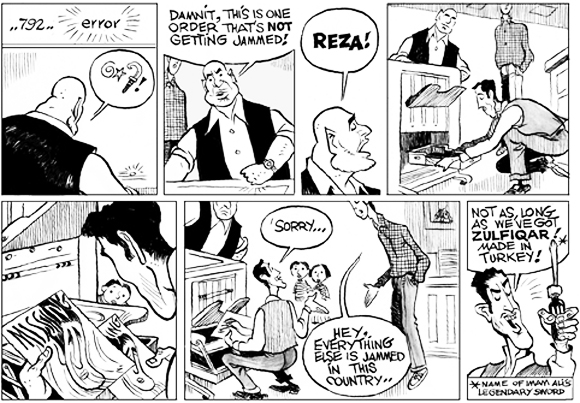Glass and steel, revisited
Seattle's glittering Central Library prompts comparisons to UChicago's own crystal book-palace-in-the-making.

On vacation in the Pacific Northwest last month, it was exhilarating to get out of Chicago and take a couple weeks of much-needed R&R. After all, a reporter can get pretty worn out covering the fast-paced world of rare books, precious manuscripts, andautomated storage-and-retrieval systems.
Call it a buswoman’s holiday, but just after landing in Seattle I couldn’t resist dragging my family to see the sparkling downtown Central Library. It was worth the visit. The minute we entered, we felt the thrum and hum of activity. We oohed and aahed at the views of the city and Elliott Bay through the building’s soaring glass-and-steel façade. My teenage nephew brought his longboard into the slick chartreuse elevator, which was packed with patrons who had come to use the public computers, collections arranged in a winding, six-floor “book spiral,” and vast, visually quirky reading rooms.
Designed by Rem Koolhaas and Joshua Ramus, the Central Library has attracted both kudos and criticism. This month, a panel of architects placed it near the top of Vanity Fair’s list of modern marvels and when the library opened in 2004, critic Herbert Muschamp extolled it as “the most exciting new building it has been my honor to review.” But six years into its young—and busy—life, the library has drawn fire for its functional shortcomings. Bottom line: the glittering glass box is a fabulous, flashy jewel in Seattle’s architectural crown, but maybe not such a great place to find and read a book.
Returning to my job at UChicago, I felt a bit of déjà-vu when I learned that the glass panels were being installed at our own Joe and Rika Mansueto Library. What’s more, the German company Seele—which created the Seattle Central Library’s dazzling grid and many other steel-and-glass constructions around the world—is also doing the work on our own crystal book palace.
It was tempting to compare the Mansueto Library’s sweeping elliptical dome, designed by starchitect Helmut Jahn, with the Seattle library’s radiant glass skin. From there, I easily jumped to worrying that in our own new building, form could trump function. But maybe not: the Mansueto is modest in comparison to the 11-story urban wonder in Seattle, and the dome is just a spectacular cap to what is mainly a gargantuan underground book-storage facility.
What’s more, UChicago has a long tradition of collections-based scholarship, and planning for the new library has benefited from the intensive involvement of researchers, librarians, archivists, and conservators. There’s every reason to hope that it won’t only be a cool building, but also a beating heart for research, a wonderful place to read, and a glimmering bridge between the past and future. In spring 2011 we can test that hypothesis.
Elizabeth Station
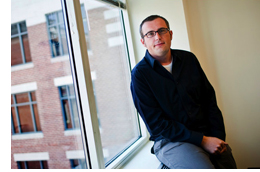 In the world of law, it sometimes feels as if there aren't quite enough Atticus Finches around, fighting the good fight against injustice. Taking posts at multimillion- (and, in some cases,
In the world of law, it sometimes feels as if there aren't quite enough Atticus Finches around, fighting the good fight against injustice. Taking posts at multimillion- (and, in some cases, 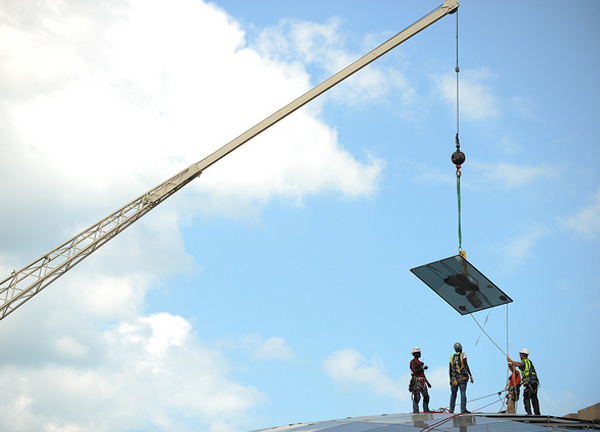
 Autumn unofficially begins this week, and it brings with it quite the surprise: fall athletes have not yet experienced the winter-bleak misery of defeat, the attitude most often (and a little unfairly) associated with the Maroons. It may be early in the season—and I mean only two games in so far—but it's still a remarkable moment, as the school is collectively 11-0-2 (the victories-defeats-ties math explained below). As they say down in summery, all-conquering New Orleans: Who dat? Who dat? Who dat say they gonna beat dem
Autumn unofficially begins this week, and it brings with it quite the surprise: fall athletes have not yet experienced the winter-bleak misery of defeat, the attitude most often (and a little unfairly) associated with the Maroons. It may be early in the season—and I mean only two games in so far—but it's still a remarkable moment, as the school is collectively 11-0-2 (the victories-defeats-ties math explained below). As they say down in summery, all-conquering New Orleans: Who dat? Who dat? Who dat say they gonna beat dem 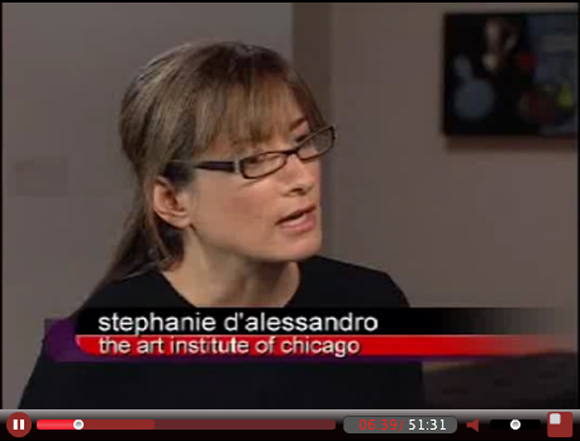
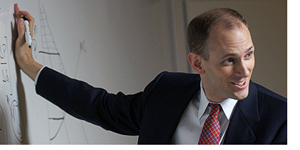 Former U of C lecturer (and current U.S. President) Barack Obama named on-leave professor Austan Goolsbee the chair of his White House Council of Economic Advisers (CEA) today, a bit of a promotion for the young economist, who has served on the CEA since January 2009. Since Goolsbee will now be the chief economic adviser to the man with the most sway over the economy in the world, does that make Austan Goolsbee the King of the Economists? More importantly, it means he'll be extending his leave-of-absence, doesn't it? Lame.
Former U of C lecturer (and current U.S. President) Barack Obama named on-leave professor Austan Goolsbee the chair of his White House Council of Economic Advisers (CEA) today, a bit of a promotion for the young economist, who has served on the CEA since January 2009. Since Goolsbee will now be the chief economic adviser to the man with the most sway over the economy in the world, does that make Austan Goolsbee the King of the Economists? More importantly, it means he'll be extending his leave-of-absence, doesn't it? Lame.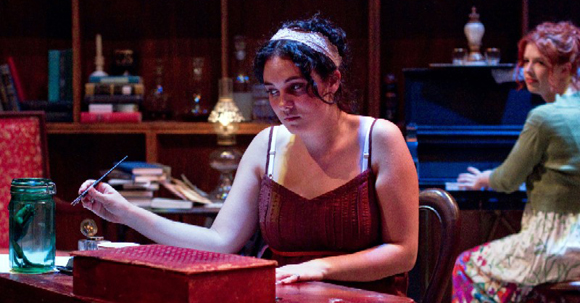
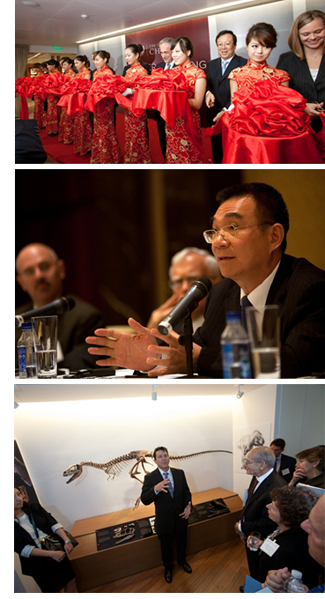 “I’m constitutionally drawn to problems that can never be solved,” said
“I’m constitutionally drawn to problems that can never be solved,” said 
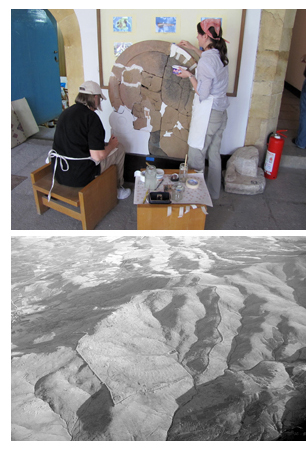
 What do we know about the city on Kerkenes Dag?
What do we know about the city on Kerkenes Dag? Scott Branting: The city has been tentatively identified as the mysterious city of Pteria, mentioned by the Greek historian Herodotus. If it was Pteria, it was built around 600 or 610 BC and was likely destroyed in 547 BC by King Croesus of Lydia. If not, it might date somewhat earlier, but a lot of our material points to the same range.
Scott Branting: The city has been tentatively identified as the mysterious city of Pteria, mentioned by the Greek historian Herodotus. If it was Pteria, it was built around 600 or 610 BC and was likely destroyed in 547 BC by King Croesus of Lydia. If not, it might date somewhat earlier, but a lot of our material points to the same range. Frances Oldham Kelsey, PhD’38, MD’50, came to the University of Chicago in 1936 because pharmacologist Eugene Geiling mistook her name for a man’s. Despite Kelsey showing up unexpectedly female, Geiling must have quickly realized that he hired the right person.
Frances Oldham Kelsey, PhD’38, MD’50, came to the University of Chicago in 1936 because pharmacologist Eugene Geiling mistook her name for a man’s. Despite Kelsey showing up unexpectedly female, Geiling must have quickly realized that he hired the right person.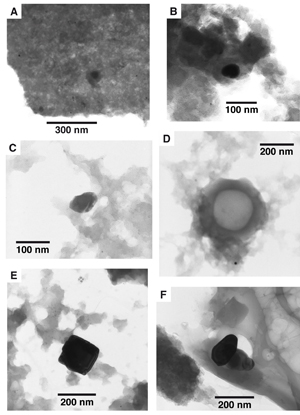 There may be no rush on chromium 54, but cosmochemist and geophysics professor Nicholas Dauphas's recently published discovery of the mineral in nano-sized meteorite particles is even more valuable than gold: it is the first physical proof that a supernova occurred in our neck of the universe, an event that could have kick-started the birth of the sun and the solar system, around 4.5 billion years ago.
There may be no rush on chromium 54, but cosmochemist and geophysics professor Nicholas Dauphas's recently published discovery of the mineral in nano-sized meteorite particles is even more valuable than gold: it is the first physical proof that a supernova occurred in our neck of the universe, an event that could have kick-started the birth of the sun and the solar system, around 4.5 billion years ago.